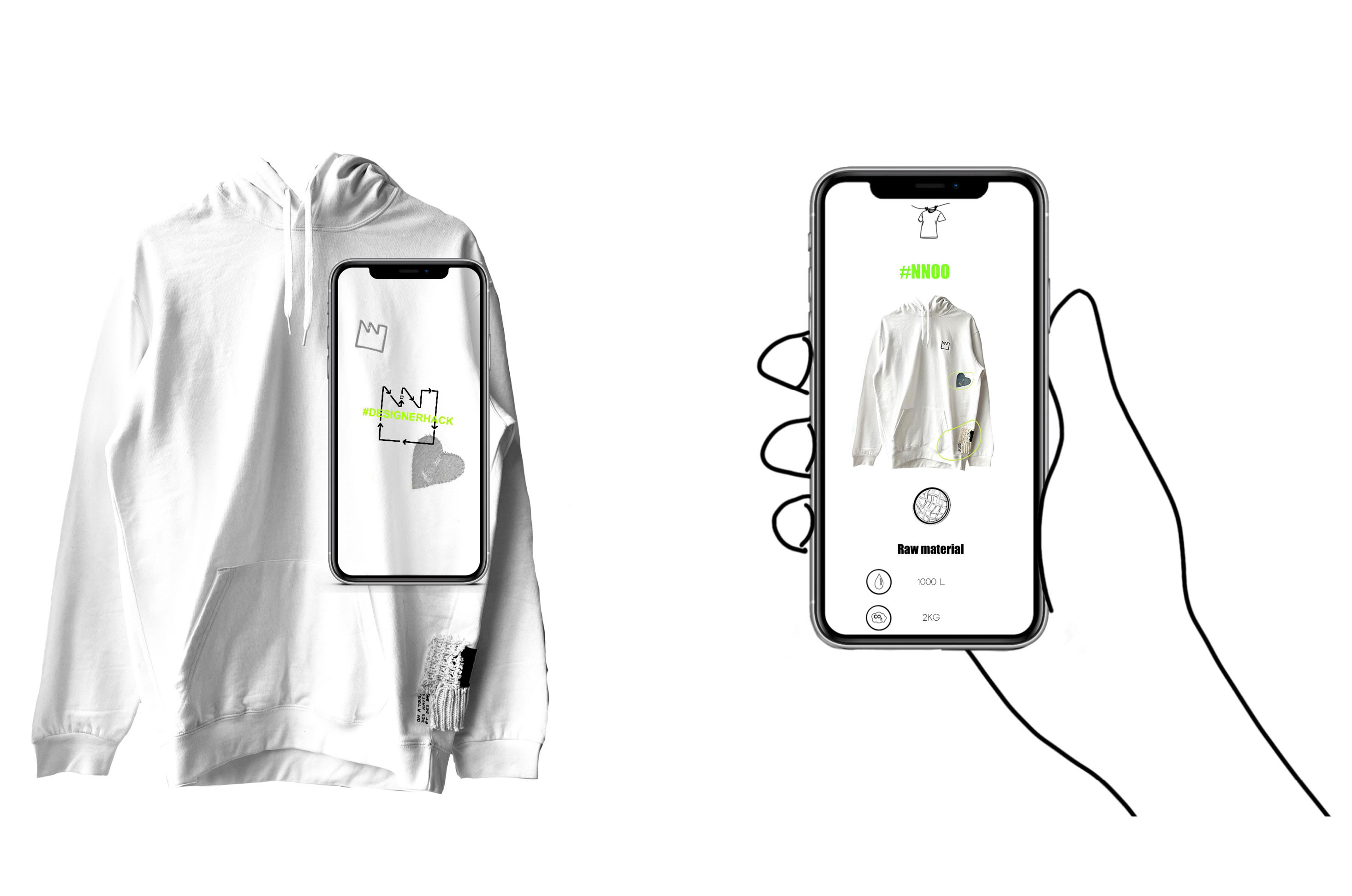Analysing the life cycle of things gives designers the tools to minimise the ecological impact of production. From pineapples to blown glass, we look at graduating work that introduces circularity into the system.
Costa Rica is the pineapple-growing centre of the world. Based there while studying for her MBA, Evelyn Gómez, began researching the waste material from that production. One hectare of pineapple growing creates 100 tonnes of waste each year and Costa Rica has 40,000 hectares devoted to pineapple production. The waste is difficult to process with nearly a quarter of a grower’s budget spent on disposal that, in turn, pollutes the local area.
Material innovation has already demonstrated that pineapple fibre can be transformed into textiles. Evelyn’s work explores how Costa Rica could develop this industry alongside its pineapple production and the subsequent possibilities for a sustainable network of indigenous craftspeople and designers. From her research, she sees how this new textile production could generate 28,000 new jobs while also alleviating the negative environment impact of that waste.
Pineapple woven fabric from waste
Evelyn Gomez
Trained as an engineer, Evelyn combined her industrial and technical knowledge with the strategic insight of the MBA:
Annalisa Iacopetti, MA Design (Furniture) focused on waste streams in the Murano glass industry. Half of Murano’s production becomes waste – called cotisso – around 700 to 1,000 tonnes every year. While glass is theoretically endlessly recyclable, the use of colour often introduces toxic chemicals that classifies it as special waste and therefore difficult to dispose of. Annalisa’s focus was how to create a circular process in which the cotisso could be brought back into production.
-
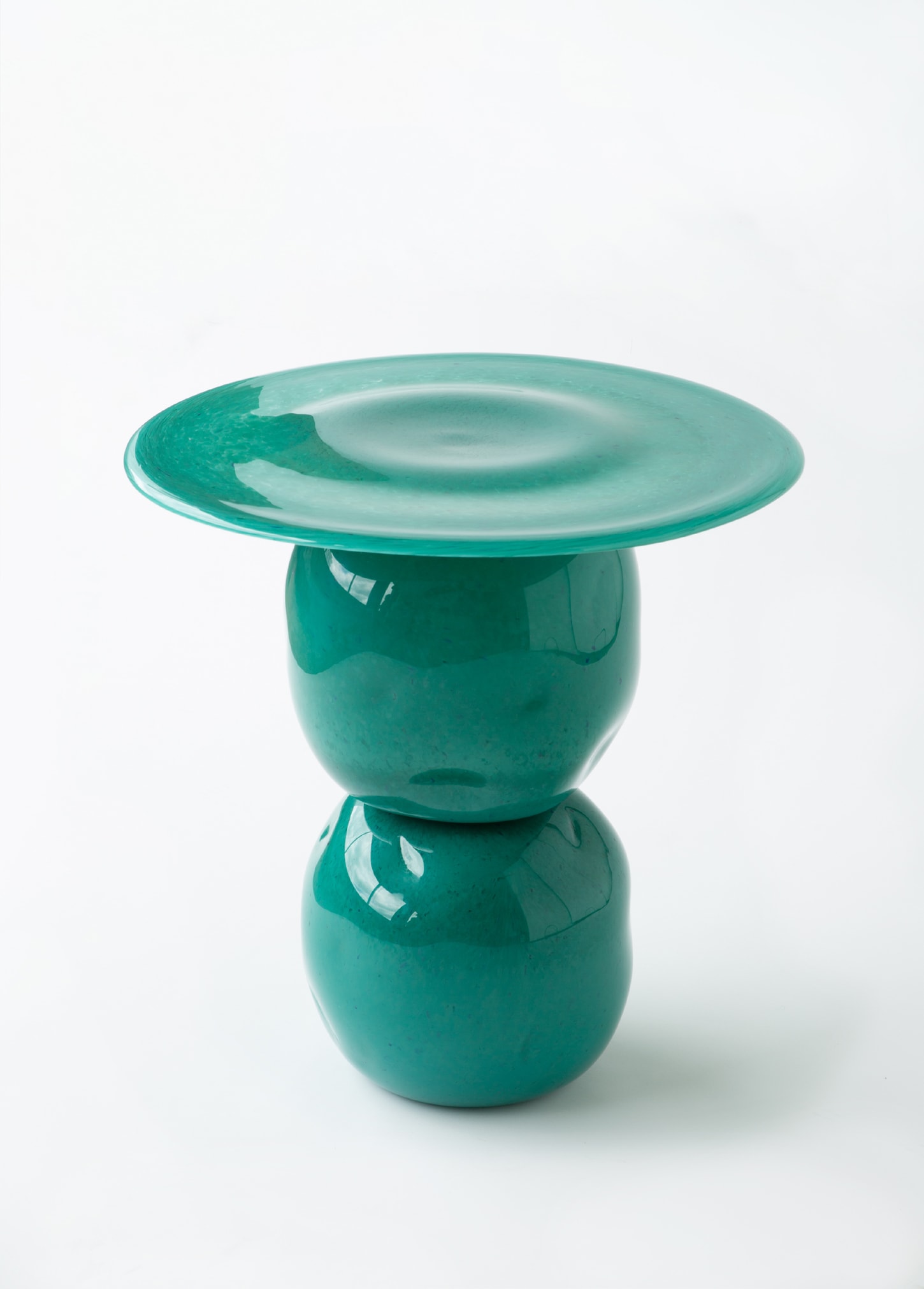
Annalisa Iacopetti, MA Design (Furniture)
-
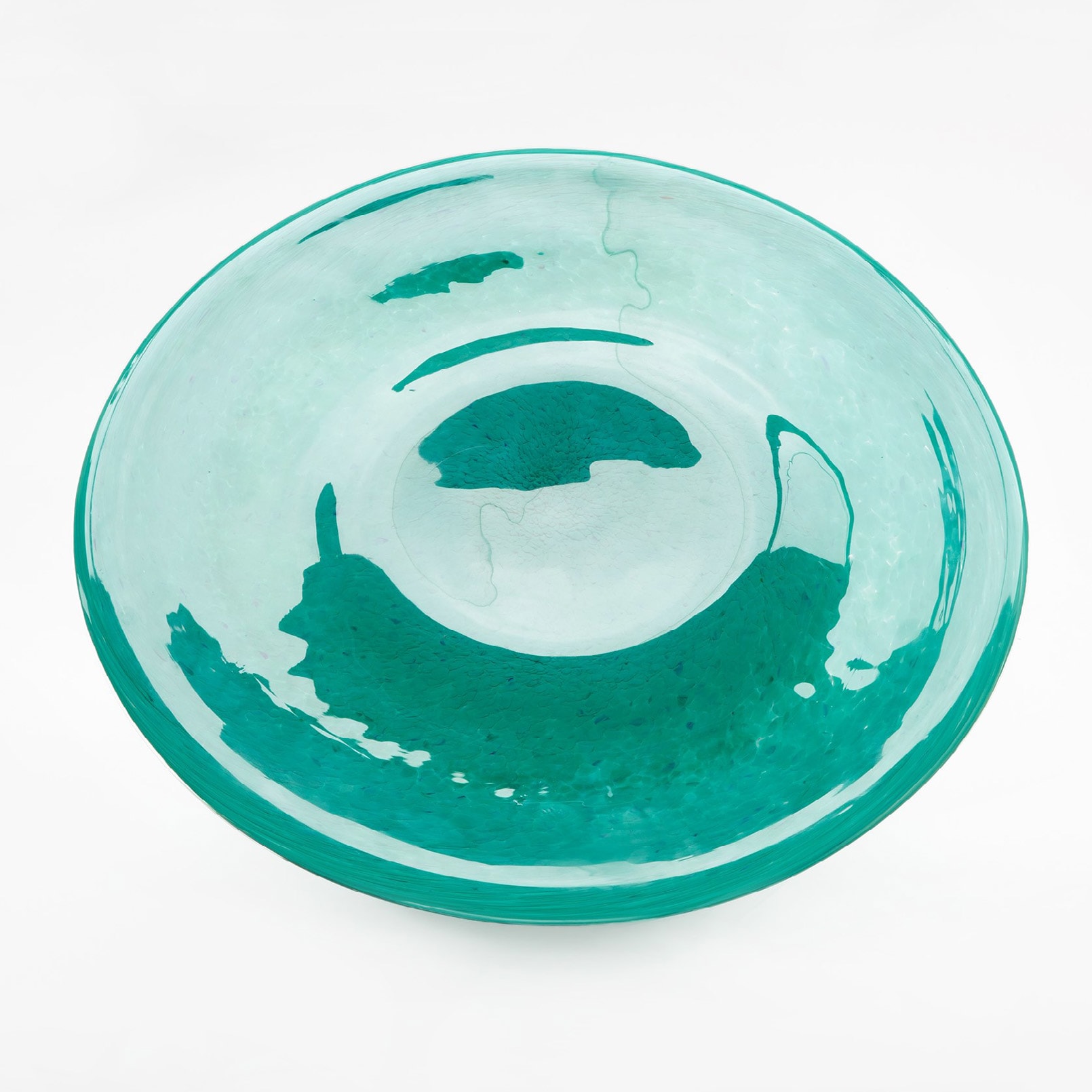
Annalisa Iacopetti, MA Design (Furniture)
The first step was to map current systems and create processes to separate waste glass by colour. The challenge then was to define the amount of waste glass that could be reintroduced at the start of production without negatively impacting the material quality of the whole. Having identified this balance, the designer then collaborated with artisans to create a collection of glass tables from waste material. Annalisa’s work demonstrates that existing methods of production – no matter how tradition – can adapt, becoming regenerative by responding to this age of climate emergency.
Moving from traditional to mass production, Manon Daure, MA Industrial Design, wants to extend the life of clothes by just nine months which would reduce the carbon, water and waste footprint by 20-30%. NEW.NORMALS is a fictional brand that uses digital technology to generate connection and traceability with garments. Daure combines on-demand production and recycling with community fixing and mending so clothes are better understood and appreciated but also altered to extend their material life.
NEW.NORMALS
Manon Daure
Textile reuse forms the foundation of Benjamin Grund's BA Textile Design work. It began with his research into the global waste industry, specifically the neo-colonial waste streams that see huge amounts exported from European countries to be processed in countries that were former colonies – allowing Western countries to ignore the ecological and social ramifications of their consumption. As a result, Ben wants to encourage a cognitive shift in Western society to see waste as a potential start rather than an end.
-
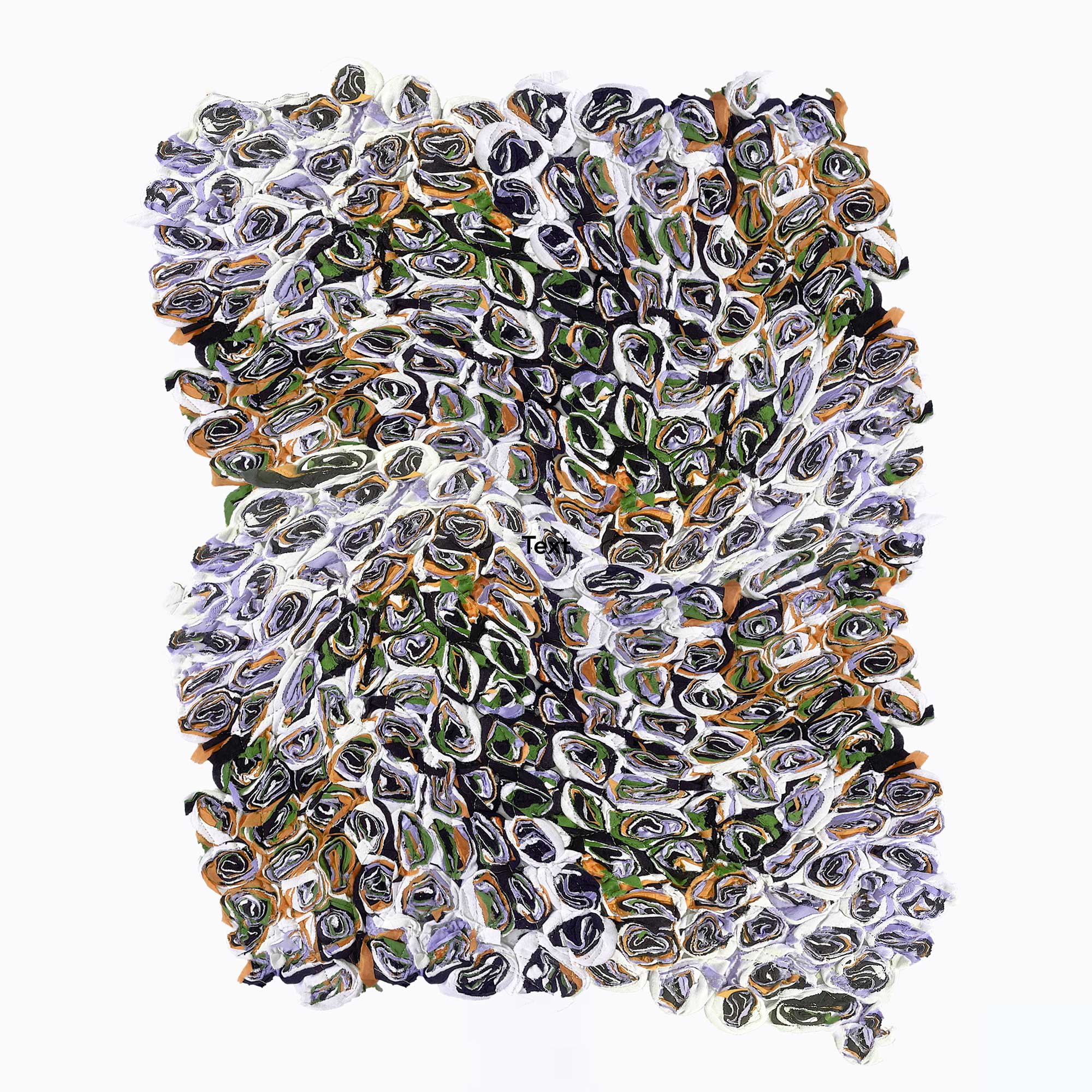
Benjamin Grund, BA Textile Design
-
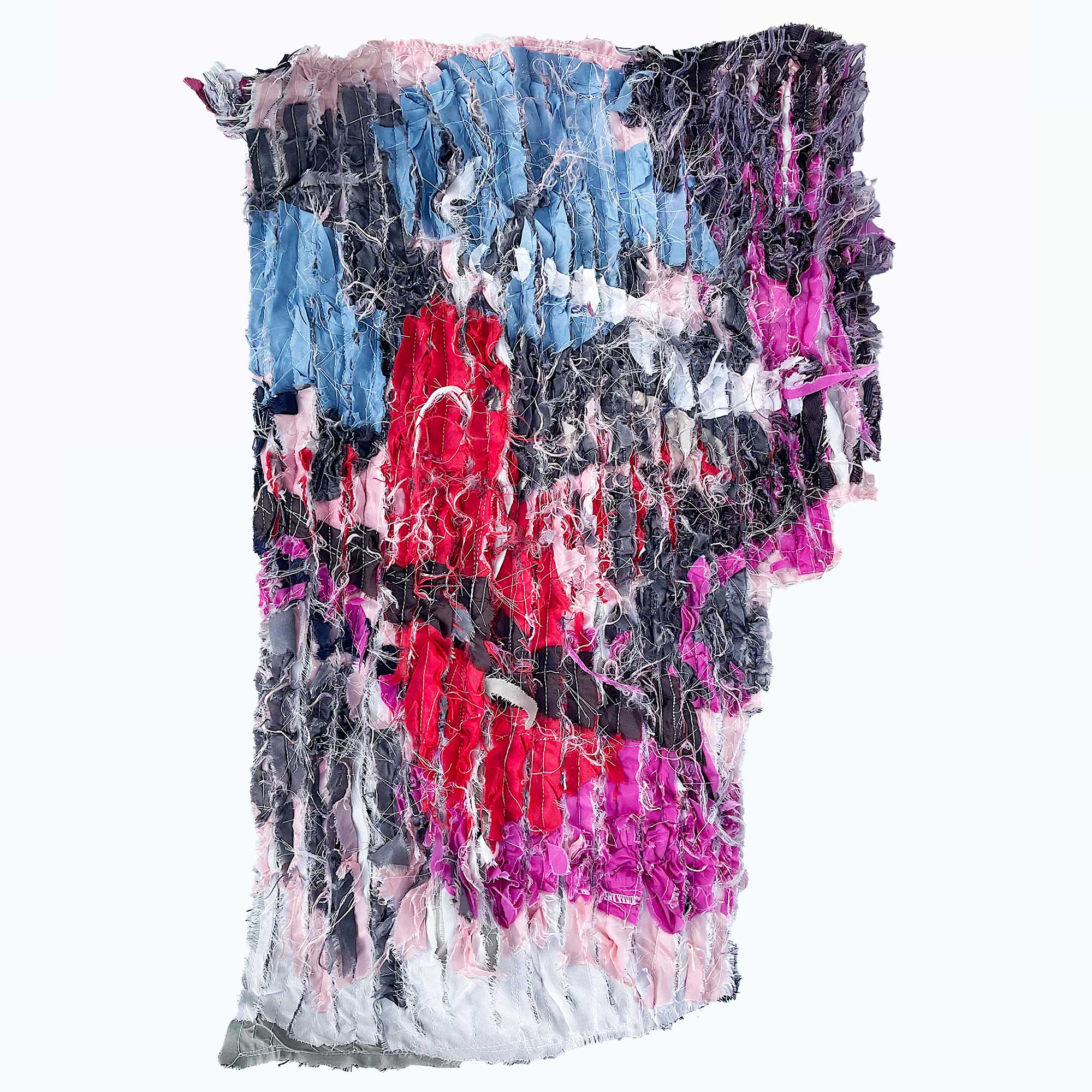
Benjamin Grund, BA Textile Design
-
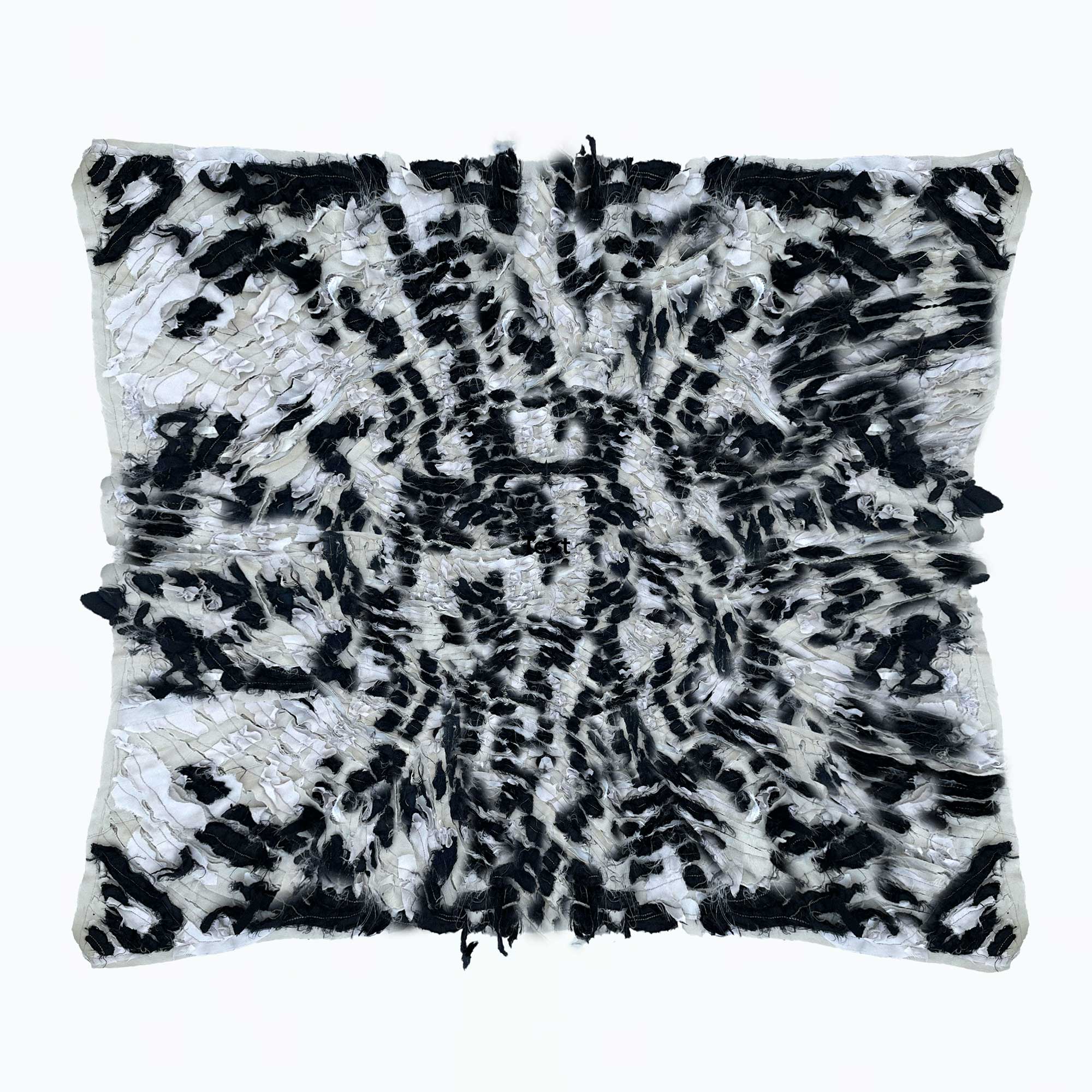
Benjamin Grund, BA Textile Design
“It’s sad that people see used things as tarnished material with no value. The reality is that, with textiles, the fibres are still the same. I think materially, waste has so much potential… In particular, consumers don’t appreciate a woven fabric, they don't actually know for example how weaving has developed over centuries to allow us to be wearing what we're wearing.”
He began hunting out a source and discovered a supplier who sent him nearly twenty 40kg bales of discarded textiles. Rummaging through the seemingly endless bags he was shocked by the breadth of what was available. He shredded the fabrics and washed them to separate the fibres. Then began a flurry of experimentation using heat pressing, interfacing, sublimation and top stitching to create something new. The results are compelling, abstract and intricate; it’s impossible to tell that in a previous life this was a tent or that was a tank top.
One of the challenges was how the structure of the composition creates the pattern as the designing and making happen at the same time. Each textile Ben creates is unique, a response to the material starting point. Through his collection, he hopes to encourage fashion and interior designers to welcome waste into their work.
